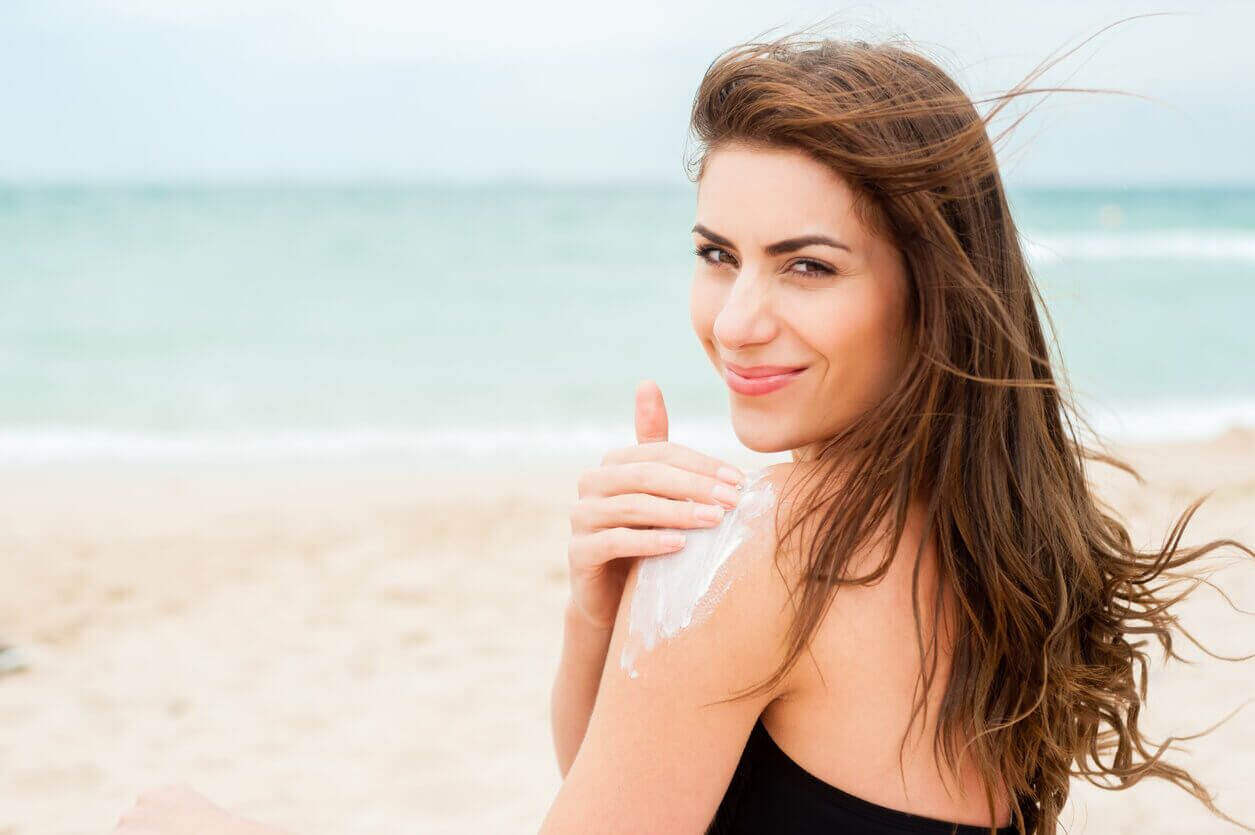 Most people purchase sunscreen without giving much thought to the product type or ingredients included. However, your sunscreen’s label is more important than you think. In a previous blog, we discussed the effects of sun damage on skin and why you need to apply sunscreen. Today we’ll be talking about what exactly is in your sunscreen and what ingredients you should look for to achieve adequate skin coverage and protection.
Most people purchase sunscreen without giving much thought to the product type or ingredients included. However, your sunscreen’s label is more important than you think. In a previous blog, we discussed the effects of sun damage on skin and why you need to apply sunscreen. Today we’ll be talking about what exactly is in your sunscreen and what ingredients you should look for to achieve adequate skin coverage and protection.
Sun Protection Factor
One of the most important things to look at when purchasing sunscreen is the sun protection factor, or SPF. This refers to the number of minutes that a person can be exposed to sunlight without suffering burns. The higher that an SPF is, the longer that you can be exposed to sunlight without reapplying. It is important to note that an SPF rating only refers to protection against UVB rays. This is type of sunlight that causes burning and certain types of skin cancer. SPF does not protect against UVA rays which are the type of sunrays that can lead to premature signs of aging like wrinkles.
Broad Spectrum
To ensure that your skin is protected against both UVA and UVB rays, look for sunscreen products that are labeled “broad spectrum.” Even if you have a sunscreen that has a high SPF, it will not protect against UVA rays unless the product is also broad spectrum. For a sunscreen to be considered broad spectrum, the FDA puts the product through a series of rigorous tests that prove it is capable of protecting against both UVA and UVB rays.
Water-Resistant
While no sunscreen is entirely water-proof, you can find sunscreens that are water-resistant. If you plan on spending time in the water, opt for a water-resistant sunscreen that provides the exact amount of time that it will hold up when exposed to water. On average, most water-resistant sunscreens will be maintained for about 40 minutes in water. If a product claims to be “very water-resistant,” it may hold up against water for a total of 80 minutes before it needs to be reapplied.
Physical vs. Chemical
Physical and chemical refer to the two main types of sunscreen. The difference between the two comes down to their active ingredients. Physical sunscreens contain mineral ingredients like titanium dioxide and zinc oxide. These ingredients create a barrier on top of skin that deflects and scatters UV rays away from skin. Chemical sunscreens contain carbon-based or organic compounds like octisalate or oxybenzone. These ingredients cause a chemical reaction by changing UV rays into heat.
Choosing a Sunscreen
Sunlight can be harsh on skin. That is why it’s important to invest in a quality sunscreen product that will not only protect against harmful UVA and UVB rays, but also nourish and hydrate the skin. Our top sunscreen recommendations include:
- Clear Defense SPF 45 with Broad Spectrum – A lightweight sunscreen that helps prevent infrared damage to skin, improves the look of wrinkles, reduces redness, and increases skin firmness.
- Sheer Defense Tinted SPF 46 with Broad Spectrum – This antioxidant-rich sunscreen is lightweight, oil-free and contains a universal tint that matches most skin types. It also includes niacinamide which helps calm redness.
Not sure which sunscreen is best for you? Contact us today to learn more about our Dr. Sylvia Skin Care products.
- If you would like to be an informed patient, please contact us at +65-6801-4000 or
hello@cutislaserclinics.com. - Cutis Medical Laser Clinics, 9 Scotts Road Pacific Plaza, Scotts Medical Center #08-07, Singapore – 228210
+65-6801-4000 - hello@cutislaserclinics.com
